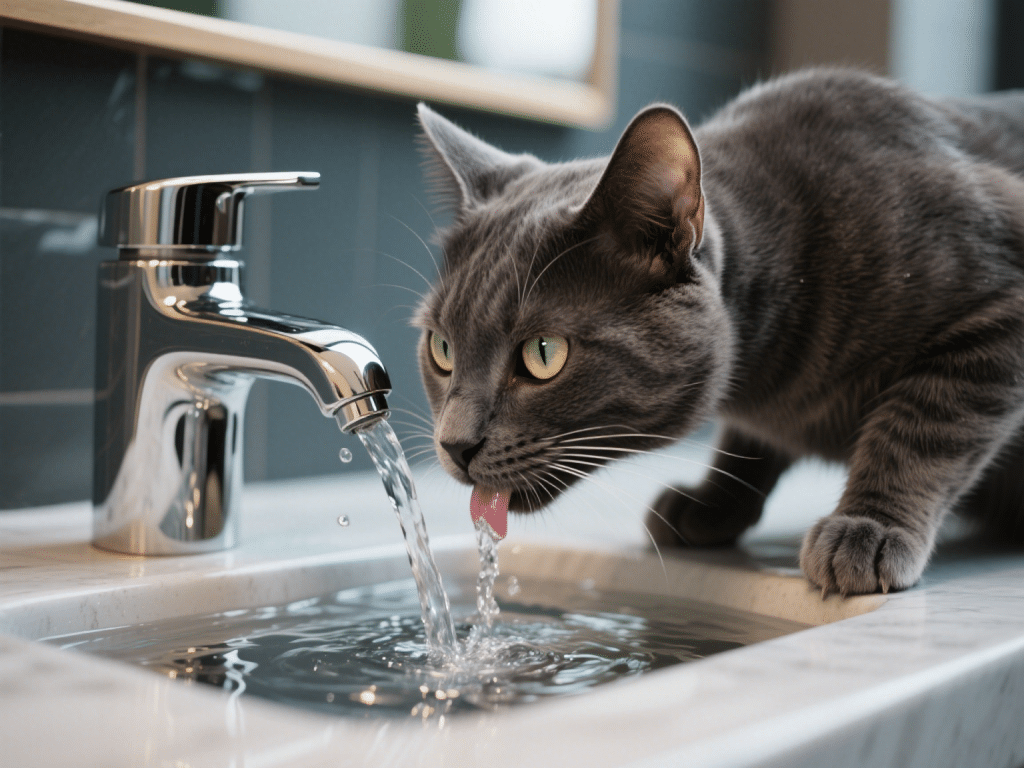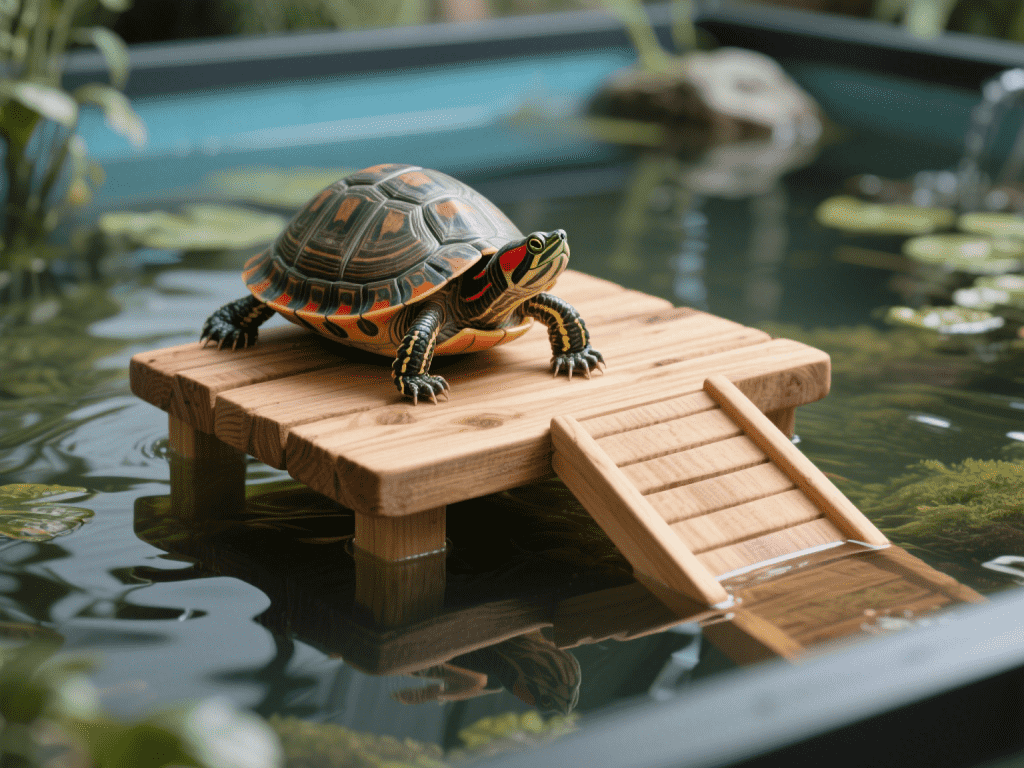
Hydration Matters: Encouraging Your Cat to Drink More Water
Proper hydration is critical for kidney health and urinary tract function in cats, who evo...
Introduction
Rabbits are intelligent, social companions requiring specialized care far beyond basic cage-and-pellet maintenance. Proper rabbit husbandry ensures a 10-12 year lifespan filled with joyful binkies (jumps) and purring. This guide covers foundational care every new owner must know.
Space Requirement: Minimum 12 sq ft enclosure + daily 5+ hours supervised free-roam time (rabbit-proofed room). Example: 6ft x 2ft pen.
Flooring: Solid surface covered with paper-based bedding (Carefresh) or horse stall mats. Avoid wire floors causing sore hocks.
Enrichment: Cardboard castles, untreated willow tunnels, digging boxes (child-size sandbox with soil or shredded paper).
80% Grass Hay: Unlimited timothy/orchard hay. Alfalfa only for babies under 7 months. Essential for digestion & dental wear.
15% Fresh Greens: Daily 1 packed cup per 2 lbs body weight. Rotate romaine, cilantro, basil, carrot tops. Introduce new greens slowly.
5% Pellets: 1/4 cup max daily of plain timothy-based pellets (Oxbow Essentials). Avoid colorful mixes with seeds/dried fruit.
Water: Heavy ceramic bowl + hanging bottle backup. Change daily.
Nail Trims: Every 4-6 weeks using small animal clippers. Avoid the quick (pink vein).
Brushing: Short-haired: 2x/week; Long-haired (Angora/Lionhead): Daily. Prevents deadly hairballs.
Vet Care: Annual checkups with an exotic-specialized vet. Spay/neuter by 6 months prevents cancers (80% uterine cancer rate in unspayed females) and aggression.
Handling: Never pick up by ears/scruff. Support hindquarters fully to prevent spinal injury. Let rabbits approach first.
Body Language: Thumping (alarm), tooth purring (contentment), flopping (extreme relaxation).
Litter Training: Use large cat litter box with paper litter + hay. Place hay rack above box. Clean daily.
Solo Rabbits: They are social; adopt bonded pairs or commit 4+ hours/day interaction.
Inadequate Hay: Leading cause of GI stasis (potentially fatal gut slowdown).
Ignoring Teeth: Overgrown teeth require vet filing. Provide unlimited hay + apple wood sticks.
Outdoor Housing: Extreme temperatures, predators, and parasites make outdoor life risky.
Conclusion
Successful rabbit care hinges on understanding their unique needs as prey animals with complex social and physical requirements. Invest in proper housing, prioritize hay, seek specialized vet care, and cherish their individual personalities. A well-cared-for rabbit is a delightful, interactive family member for years.
Sources & Further Reading:
House Rabbit Society (rabbit.org)
Rabbit Welfare Association & Fund (RWAF)
“Your Rabbit: A Kid’s Guide to Raising and Showing” by Nancy Searle

Proper hydration is critical for kidney health and urinary tract function in cats, who evo...

As a long‑time reptile enthusiast and turtle keeper with nine years of firsthand experie...

Proper UVB exposure is essential for pet turtles to synthesize vitamin D₃, metabolize ca...

If your dog often experiences bloating, gas, diarrhea, or vomiting after meals, chances ar...

IntroductionProper hydration is essential for pet health—kidney function, digestion, and...

Protecting Your Dog from Parasites: Worms, Fleas, and TicksYour dog’s health and comfort...
Comments on "How to Care for a Pet Rabbit: Essential Tips and Tricks for Beginners" :